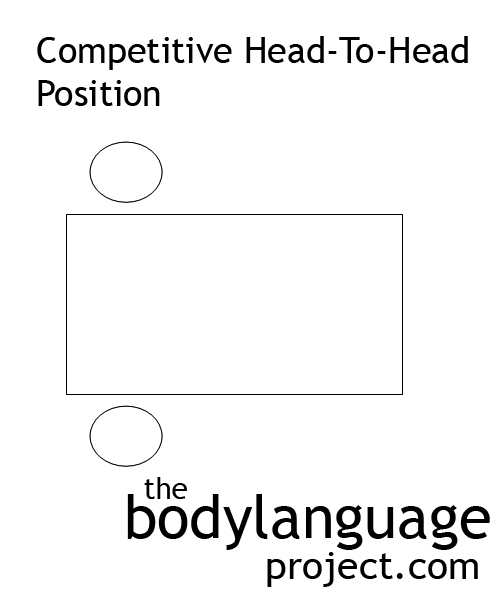
Men prefer a direct approach – study the signals, put them out there and men will respond. Simple.
Researcher in 1989 by Dr. Monica Moore of the University of Missouri in St Louis conducted a study of how women interacted in public. They specifically examined nonverbal language as it pertained to attracting attention from men. In the study, they followed eighteen to thirty-five year old women in singles bars. In all, she monitored her subjects for fifty-two different kinds of gestures and behaviours so she could relate them back to their effects on others. Some of the cues included, smiling, touching, pouting, skirt hiking, leaning toward males, brushing up against a man with her breasts or body, tossing her hair, gazing such as lowering eyelids, raising and widening eyes, throwing quick glances, flipping or tossing the hair or giggling.
Two interesting results stemmed from the research. One, the flirting was location specific. Most of the flirting happened in singles bars and was virtually non-existent in other locations. The second major finding was that women who signaled most often, where also most often approached by men. However, men that sent out signals in this way, fail miserably at receiving attention from women. In another study, researchers found that up to seventy percent of all courtship is initiated by women and ninety percent of the time, trained observers were able to accurately predict the outcome of interactions that stemmed from overt female behaviour. In this study, observes looked for cues such as upward palm gestures, primping, caressing one’s body with the hand, requesting aid, crossing and uncrossing legs, and exhibiting solitary dance movements. If you think attractiveness of subjects had anything to do with approach, think again. In fact, it’s the frequencies with which these behaviours occurred which had the greatest affect on drawing men in to approach. Attraction is in the eye of the behaviour. More attractive females showing few signals, attract less attention. If it’s your goal to reduce attention, eliminate positive body language. It’s not much more complicated than this.

‘Accidental touching’ is a subtle and low risk way women can initiate courtship.
Attractiveness plays little or no beneficial part in solicitation, as mentioned above. It has been said that men approach women who are near average or slightly above average most frequently and mathematically this should be obvious. Most men are average looking and it is them who are seeking out average women. Men might gawk at particularly hot women, but they rarely build up the courage to cross their “league” for fear of being rejected (or wasting their time). While average men could approach and possibly succeed in lower leagues, they’d be faced with having to lower their standards. As sad as it is, men and women seek to best maximize the attractiveness of their partners, and in most cases it involves dating someone of similar attractiveness.
Researcher Adam Kendon filmed a kissing couple in 1975 and found that it was the woman’s behaviour, particularly her facial expressions, that regulated and modulated the behaviour of her partner. Other research shows that women also modulate stages of intimacy through their nonverbal body language by allowing or disallowing the breach of stages. Women also tend to control the initiation of conversations between strangers too. For example, when no eye contact is made by the women, others don’t approach or start conversations. So in summary, there really is no excuse, it’s the women’s job to solicit, or reject, as the case may be making it vitally important for both women and men to recognize the signals of sexual solicitation. Next, we do just this!





